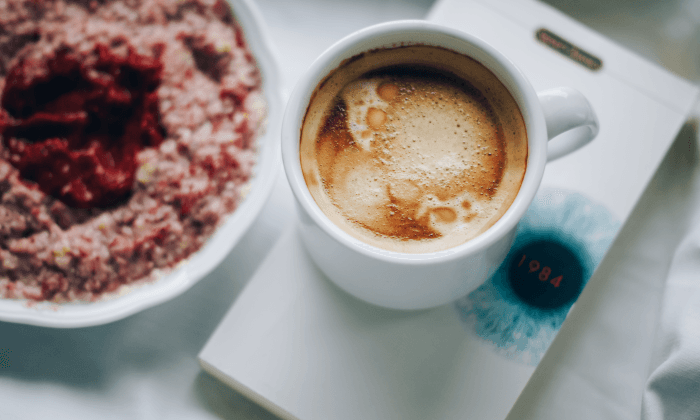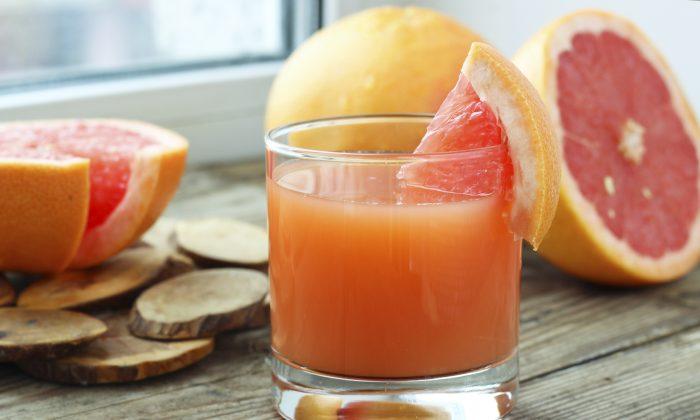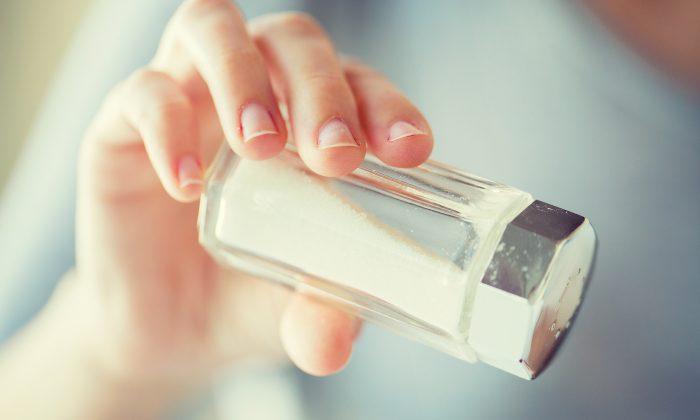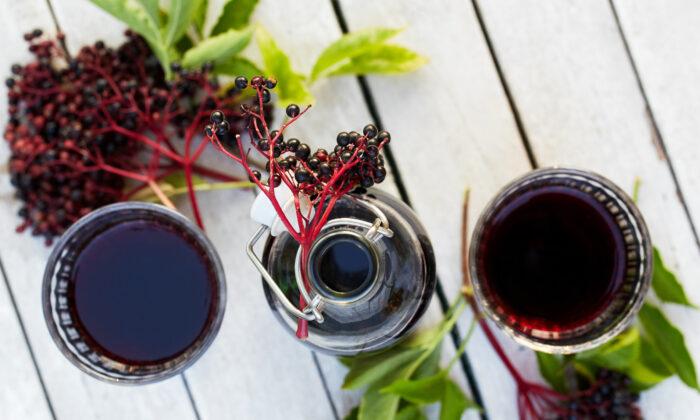Coffee is one of the most popular drinks in the world and is made using the seeds of a vigorous shrub or small tree. These produce small, red-purple, cherry-like fruits, each of which usually contains two seeds – the coffee beans. Around one in ten contain a single seed, which is smaller and rounder, and known as a peaberry.
There are two main species of coffee: arabica and robusta, which cannot cross-breed as they contain a different number of chromosomes.
- Arabica coffee beans account for three-quarters of those grown, and are elliptical shaped, with at least twice as many oils and sugars as robusta; this makes them more aromatic, nutty and sweet.
- Robusta coffee beans are smaller, rounder than arabica beans, and have a stronger more bitter flavour. Sometimes described as tasting burnt or rubbery, they are preferred for making the classic, Italian espresso blends.
After harvesting, the coffee ‘cherries’ are either sun-dried and then hulled to remove the seeds, or the fruit pulp is removed first (using water and enzymes) before drying the seeds in the sun. The resulting, lightly coloured green coffee beans are then roasted, at between 180 and 240 degrees C for 2 to 20 minutes, to enhance their flavour. The higher the temperature and the longer the roast, the darker and more intense the taste.
Caffeine and Polyphenols

Coffee beans contain over 1000 biologically active compounds, of which caffeine and a type of polyphenol known as chlorogenic acids (CGA) are the most studied for their health benefits.
Green coffee beans have the highest content of both caffeine and CGA. Green robusta beans contain almost twice as much caffeine as arabica beans (2.7 percent versus 1.5 percent) and chlorogenic acids—typically around 10 percent of their dry weight compared with 5 percent to 8 percent for Arabica coffee.
Once the beans are roasted, their level of CGA falls by half within 12 minutes, and virtually disappears after 20 minutes. The amount present in filter coffee therefore varies from 87 to 212 mg/100ml, depending on the coffee variety.
This still leaves the caffeine, of course, which only falls a little with roasting (to around 1.3 percent). And, while the highest level of CGAs is found in green coffee beans, roasting converts some of these into chemicals called quinides that reduce blood glucose levels and appear to reduce the risk of type 2 diabetes.
Coffee Is Good for Your Health

Most of us love coffee for its taste—the wellness benefits are an added bonus. To connoisseurs, the nuances of flavour in different coffee blends is akin to the complexities found in wine. These flavours and aromas depend on where the coffee beans are grown, how they were harvested, the roasting process and even the water used to prepare your brew. Some prefer the strong, tangy robusta blends, while others always opt for aromatic arabica blends.
Coffee and Weight Loss
The caffeine and CGAs in green coffee extracts have several actions that suppress appetite and boost your metabolic rate so you burn more fat and generate more heat. These effect can raise your metabolic rate by as much as 10 percent for two to three hours.
In one study, regular ingestion of caffeine caused lean individuals to burn an additional 150 kcals energy over a 12 hour period, while obese volunteers burned an additional 79 kcals.
The CGAs in coffee also slow glucose absorption, and regulate the release of gut hormones which reduce hunger. If you have difficulty losing weight, drinking coffee and/or taking green coffee extracts may help.
Coffee and Health

Large, population-based studies involving over 400,000 people suggest that drinking coffee is associated with reduced mortality from all medical causes, including heart attack, heart failure, stroke and some cancers (oestrogen-receptor negative breast cancer, endometrial, prostate, liver and bowel cancers). Regular coffee intake is also associated with lower risks for diabetes, heart failure, fatty liver disease. The greatest benefits come from drinking 2 to 4 cups per day.
A study involving over 90,300 US adults who were followed for around ten years compared mortality rates in coffee drinkers with those who drank coffee rarely, if at all. After adjusting for smoking and other confounding factors, those who drank 1 cup coffee per day were 6 percent less likely to die during the course of the study than non-drinkers. Having 2 to 3 cups per day was associated with an 18 percent reduction in mortality, while 4 to 5 cups coffee per day was associated with a 21 percent reduction in mortality. Those who drank 6 cups per day were 16 percent more likely to survive during follow-up than non-coffee drinkers. Findings were similar for decaffeinated coffee, suggesting that other coffee components, such as the polyphenols, were providing the main benefits. The greatest reduction in deaths was seen for heart disease, chronic respiratory diseases, diabetes, pneumonia and influenza, self harm, but not cancer. The researchers suggested that coffee may reduce mortality through beneficial effects on inflammation, lung function, insulin sensitivity, and depression.
Diabetes
In a study involving over 13,500 Japanese adults, men and women who drank one cup coffee per day, or more, were around 30 percent less likely to develop diabetes than those who drank little or no coffee, suggesting that regular coffee consumption protects against diabetes.
Circulation
A study involving over 25,100 adults found that higher coffee consumption was associated with a lower rate of hardening and furring of the arteries, and reduced arterial stiffness. Those who drink from one to five cups of coffee per day had significantly lower levels of calcium build-up in their coronary arteries, after taking other confounding factors into account such as age, smoking status, alcohol intake, body mass index, blood pressure, diabetes and cholesterol levels.
While caffeine can produce a short-term increase in blood pressure, this effect tends to reduce with regular intakes. The chlorogenic acid in green coffee appears to reduce blood pressure by improving arterial elasticity.
Preparing the Best Coffee

To enjoy coffee at its best, and to obtain the highest levels of beneficial polyphenols, grind your own from whole beans as and when you want them, and aim to use them within 3 weeks of roasting, if you can. That means buying your beans ‘little and often.’
Monitoring Your Caffeine Intake
European guidelines suggests that a total of 400mg caffeine a day from all sources should have no health consequences for healthy adults (limited to 200mg for women who are pregnant or breast-feeding). To put that into context:

- 60ml espresso contains around 80mg of caffeine
- 125ml instant coffee provides 65mg caffeine
- 125ml filtered coffee contains 85mg caffeine
- 150ml tea provides 32mg caffeine
- 250ml standard can of energy drink provides around 80mg of caffeine (check labels)
- 330ml cola provides around 40mg (check labels)
- A 50 gram bar of dark chocolate provides around 25mg caffeine, while a 50g bark of milk chocolate contains around 10mg caffeine.
By Dr Sarah Brewer, originally published on www.drsarahbrewer.com. Twitter: @DrSarahB




